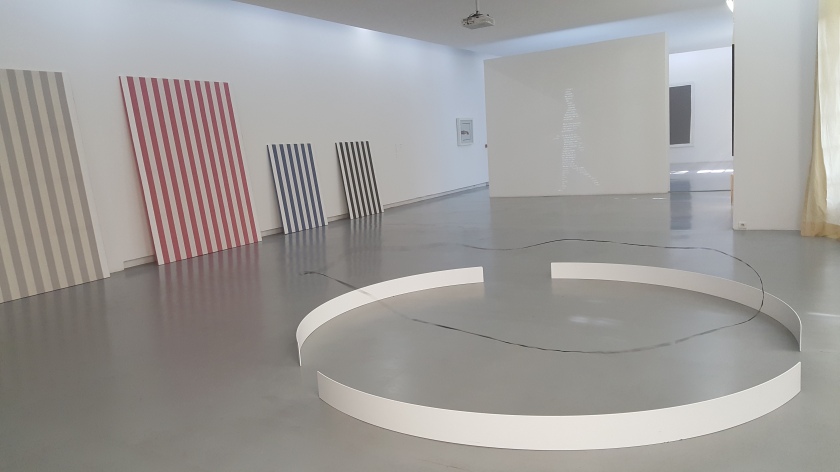This is just a brief update on my research to date. There are still leads to follow, decisions to be made and photos to be taken but that last point worries me least at the moment because I am hoping that my research will guide me in the right direction. In my last post on this topic, here, I reflected on to documents I had found so far, the others I had ordered, my intention to visit the colliery at Hopewell and to research some poetry about the forest.
I have still not managed to visit Hopewell and this will now need to wait until mid February as we are having to make a journey north to sort out care for my elderly mother in law. In the meantime I have been back to the record office; the trouble I find with this is that, good as the online catalogue may be, you’re never quite sure what you are going to find.
The first document was an official looking report about a number of mines, presumably owned by the same company. It contained a description of the different properties, the geological makeup of the area, location of the pits, calculations on the quantity of coal available with estimated revenue and projected costs of the operation, which in 1845 was £8500. So lots of really interesting stuff but not much I could use for this project.
The second document consisted of a series of what looked like mortgage agreements for various ‘gales’ (mines), all written out in beautiful script on heavy parchment and stamped in the traditional way. Again interesting but not relevant.
I had more success with the third lot, a huge box of sheets of black and white photographs. The title in the archive Photographs of Railways in the Forest of Dean and Gloucester Area but it was a search for photographs of a specific mine that generated this result so I thought it might be worth looking at. Over a hundred sheets like the ones below, each with 3 or 4 photographs, mostly railway related but not all by any means and ranging from the late 19th century up until the mid 1960s.
The first 3 sheets are from old coal mines and the bottom right from an iron mine. Whether I will be able to use any of them remains to be seen but it gives me a sense of what these areas used to look like.
My visit to Coleford library was more fruitful than the main library in Gloucester in terms of books on the Forest. As well as Fay Godwin’s ‘The Secret Forest of Dean’ which had already borrowed from the University of Glos. library, I found ‘The Forest of Dean’ by local historian, Humphrey Phelps. This book covers the whole area, ‘past and present’, or at least up to 1982, and a little book of myths and legends produced by the ‘Forest of Dean Writers’ group called ‘If you go down to the woods today’, described as ‘A Dean Witch Project’ This book basically contains ghost stories based around various locations, including mines, in the Forest of Dean and looks really promising.
I reflected in my last post how helpful I had found the Forest History Society website and this has indirectly generated more information for me to follow-up. I emailed them to ask specifically about any archive of photographs they may have and was contacted by one of their committee who also happens to be the archivist at the Dean Heritage Centre. She informed me that they have a huge archive of photographs and information about mining in the Forest and when I told her what I was looking for she suggested I come in and meet a local historian who volunteers and helps her with cataloguing etc. He apparently has a wealth of knowledge and stories about mining and miners and so I have arranged to meet him when I come back from Scotland.
Lastly my search for poems. I have managed to access the work of a number of Forest poets but nothing has really inspired me until I heard Rob Hudson talk about what his process and where his inspiration comes from, reflection here. What came through from this was that Hudson doesn’t attempt to represent a poem or particular piece of writing but used metaphor. He researches the author and tries to understand how that person feels about a particular situation and then attempts to express that. This may seem to be a subtle distinction but it made a lot of sense to me. I think for this assignment I will need to try to use some of the stories that John, the historian can talk to me about, or alternatively one of the ghost stories from ‘When you go down to the woods…’, because it is unrealistic to think I can find something, or someone who really gets under my skin, in the timescale I have for assignment 3. It is something I will pursue and experiment with though and hopefully be able to use for assignment 5.






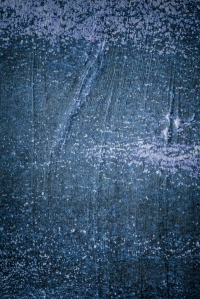


 and viewpoint.
and viewpoint. 
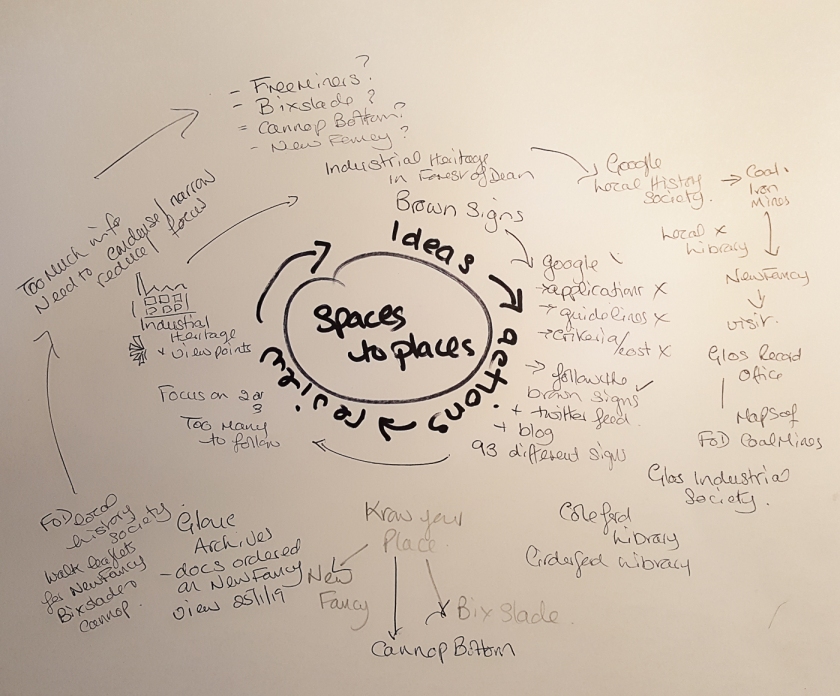
 The main map, shown here is an index map and summary of 16 other maps or plans which could be put together to form a whole. Totally overwhelming from my point of view.
The main map, shown here is an index map and summary of 16 other maps or plans which could be put together to form a whole. Totally overwhelming from my point of view.







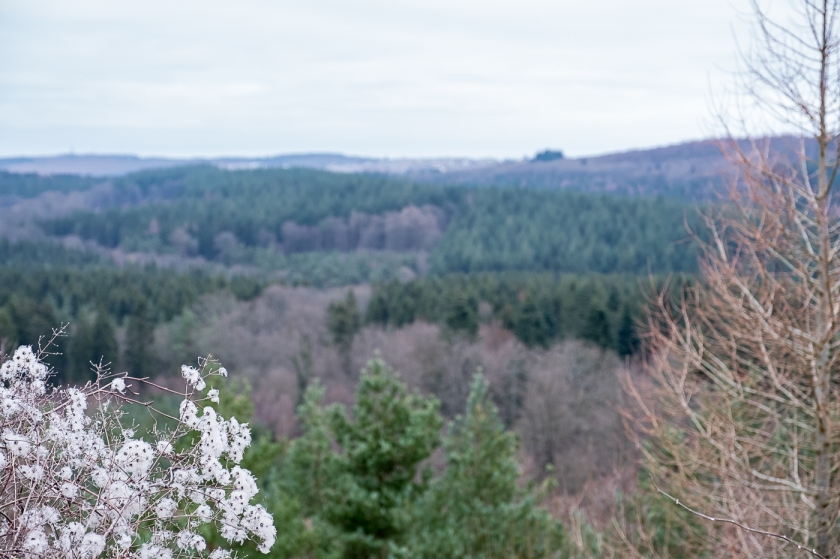
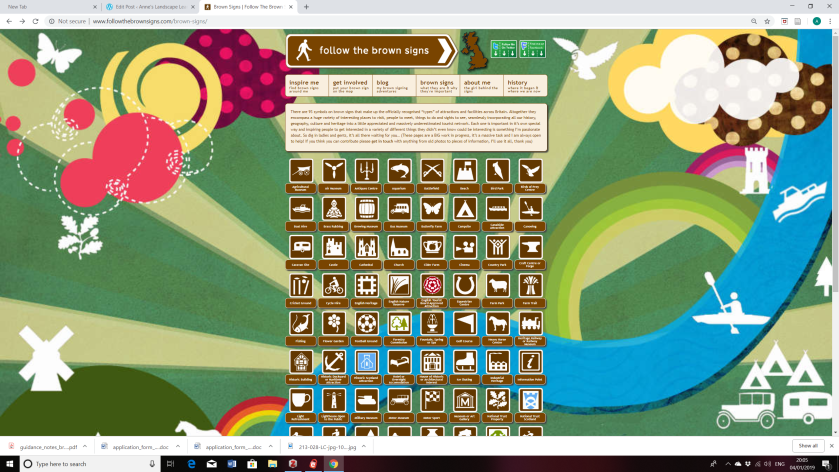

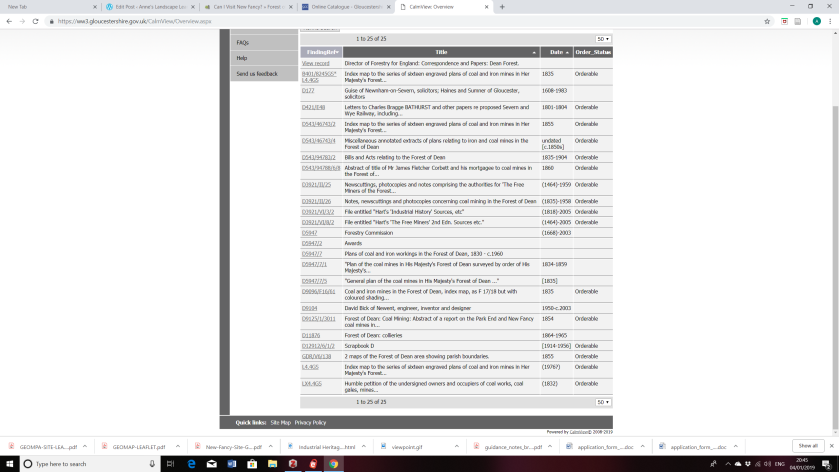 …so I will need to work through those and decide what will be most useful as I can only view 3 resources at a time, my initial thoughts are that maps showing the locations of the mines might be a good starting point. I know this will not be a quick and easy process. When researching Gloucester Docks railway for my last documentary assignment, I ended up by discarding much more of the information I gathered than I actually used. One of the key lessons I learned from that project was that the research took far more time than taking the photographs themselves but it was the research that informed which photographs I needed to take. All I need to do now is finish the rest of part 3 coursework and then I can really make a start on my assignment.
…so I will need to work through those and decide what will be most useful as I can only view 3 resources at a time, my initial thoughts are that maps showing the locations of the mines might be a good starting point. I know this will not be a quick and easy process. When researching Gloucester Docks railway for my last documentary assignment, I ended up by discarding much more of the information I gathered than I actually used. One of the key lessons I learned from that project was that the research took far more time than taking the photographs themselves but it was the research that informed which photographs I needed to take. All I need to do now is finish the rest of part 3 coursework and then I can really make a start on my assignment.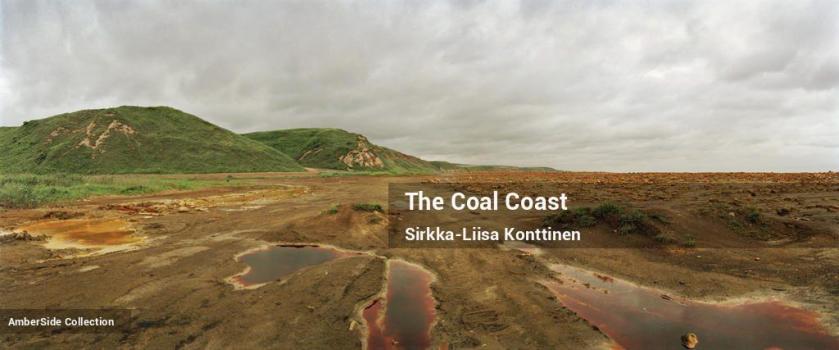
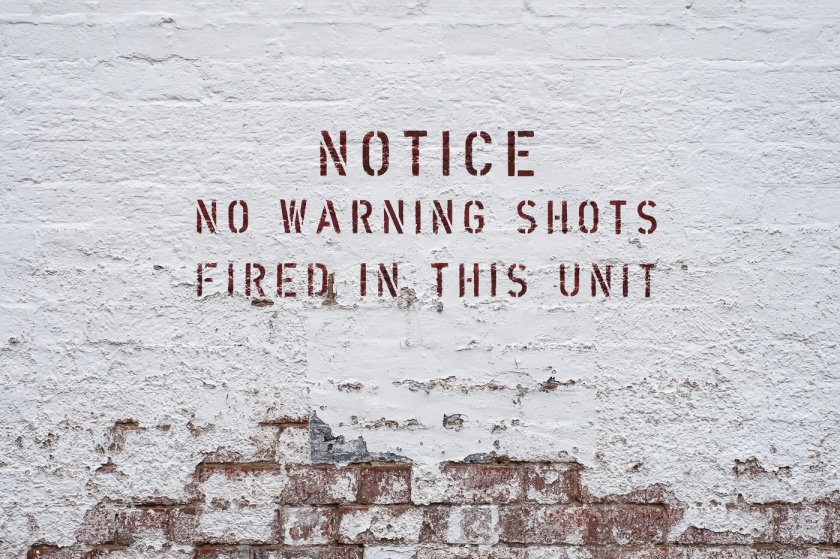 An exhibition I saw whilst on holiday in Avignon in the autumn,
An exhibition I saw whilst on holiday in Avignon in the autumn, 